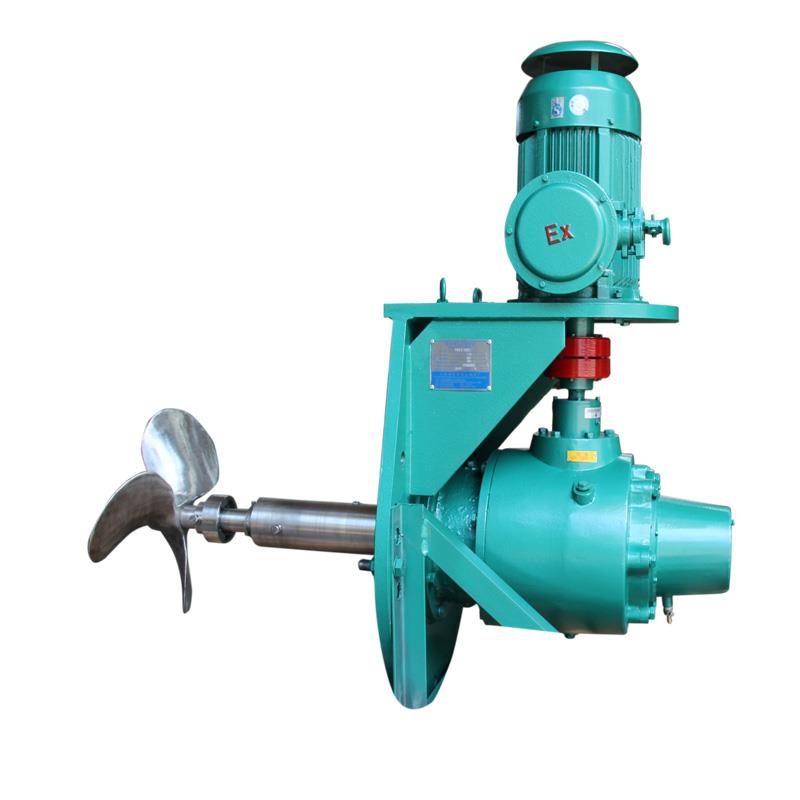The agitator is a machine that can force the convection and even mixing of liquid and gaseous media. This machine is widely used in life. The output of the agitator is the most important substance affecting the effect of the agitator, but the output of the agitator is also affected by many factors.
The power P of the agitator to the liquid is calculated by the following formula: P = Kd5N3p where K is the power level, which is a function of the stirring Reynolds number Rej (Rej = d2Nρ / μ); d and N are the diameters of the agitator respectively And rotation speed; ρ and μ are the density and viscosity of the mixture, respectively. For agitator and agitation tank of a certain geometry, the functional relationship between K and Rej can be determined experimentally, and the functional relationship is plotted as a curve, called the power curve.

The basic calculation method of stirring power: theoretically, although the stirring power can be divided into two aspects: the agitator power and the stirring work power, in practice, only the agitator power is generally considered or mainly considered, and it is difficult to accurately calculate the stirring power. The measurement is generally performed by setting the rotation speed of the agitator to achieve the required agitation work power. Starting from the concept of agitator power, the main factors affecting the stirring power are as follows.
1 Structure and operating parameters of the agitator, such as the type of the agitator, the diameter and width of the blade, the inclination of the blade, the number of blades, the rotation speed of the agitator, and the like.
2 The structural parameters of the agitation tank, such as the inner diameter and height of the agitation tank, the presence or absence of baffles or guide tubes, the width and number of baffles, and the diameter of the draft tube.
3 The physical properties of the stirring medium, such as the density of each medium, the viscosity of the liquid medium, the size of the solid particles, the aeration rate of the gaseous medium, and the like. It can be seen from the above analysis that the factors affecting the stirring power are very complicated, and it is generally difficult to obtain the calculation formula of the stirring power directly by the theoretical analysis method. Therefore, with the help of experimental methods and theoretical analysis, it is the only way to find the formula for calculating the stirring power.
The dimensionless relationship (11-14) can be obtained from the Navier-Stokes equation of fluid mechanics and expressed as a dimensionless form. Np=P/ρN?dj5=f(Re,Fr) where Np--power number; Fr--Frude number, Fr=N?dj/g; P--stirring power, W. In equation (11-14), the Reynolds number reflects the ratio of fluid inertial force to viscous force, while the Froude number reflects the ratio of fluid inertial force to gravity.
Experiments have shown that the Fr number has no effect on the stirring power except for the transition state of Re>300. Even in the transition state of Re>300, the Fr number has little effect on most of the stirring blades. Therefore, in engineering, the power factor is directly expressed as a function of the Reynolds number, regardless of the influence of the Froude number.
Since only the agitator speed, blade diameter, fluid density and viscosity are included in the Reynolds number, many other factors mentioned above must be set in the experiment, and then the power level and Reynolds number are measured. relationship. It can be seen that the relationship curve or equation of all the power quantities obtained from the experiment and the Reynolds number can only be used within a certain condition range. The most obvious is that for different paddle types, the relationship between the power factor and the Reynolds number is different, and their Np-Re relationship curves will be different.

